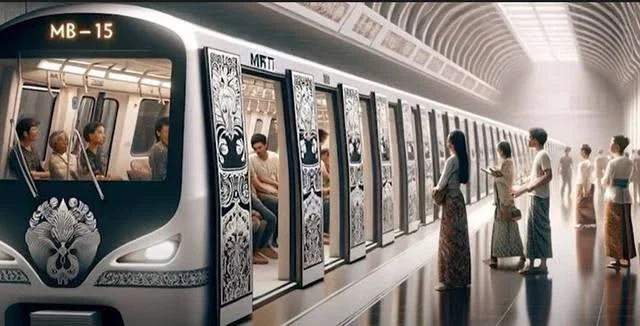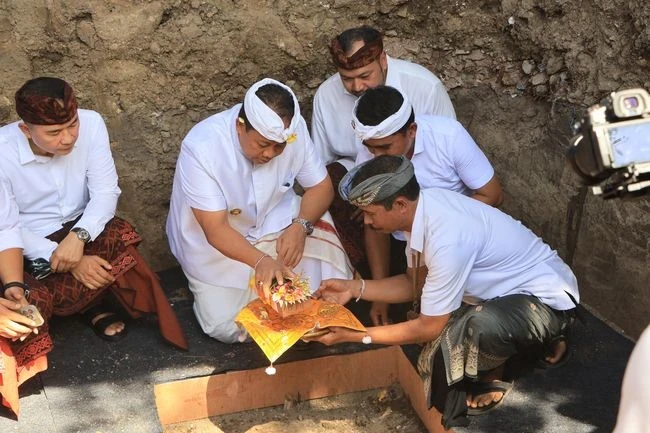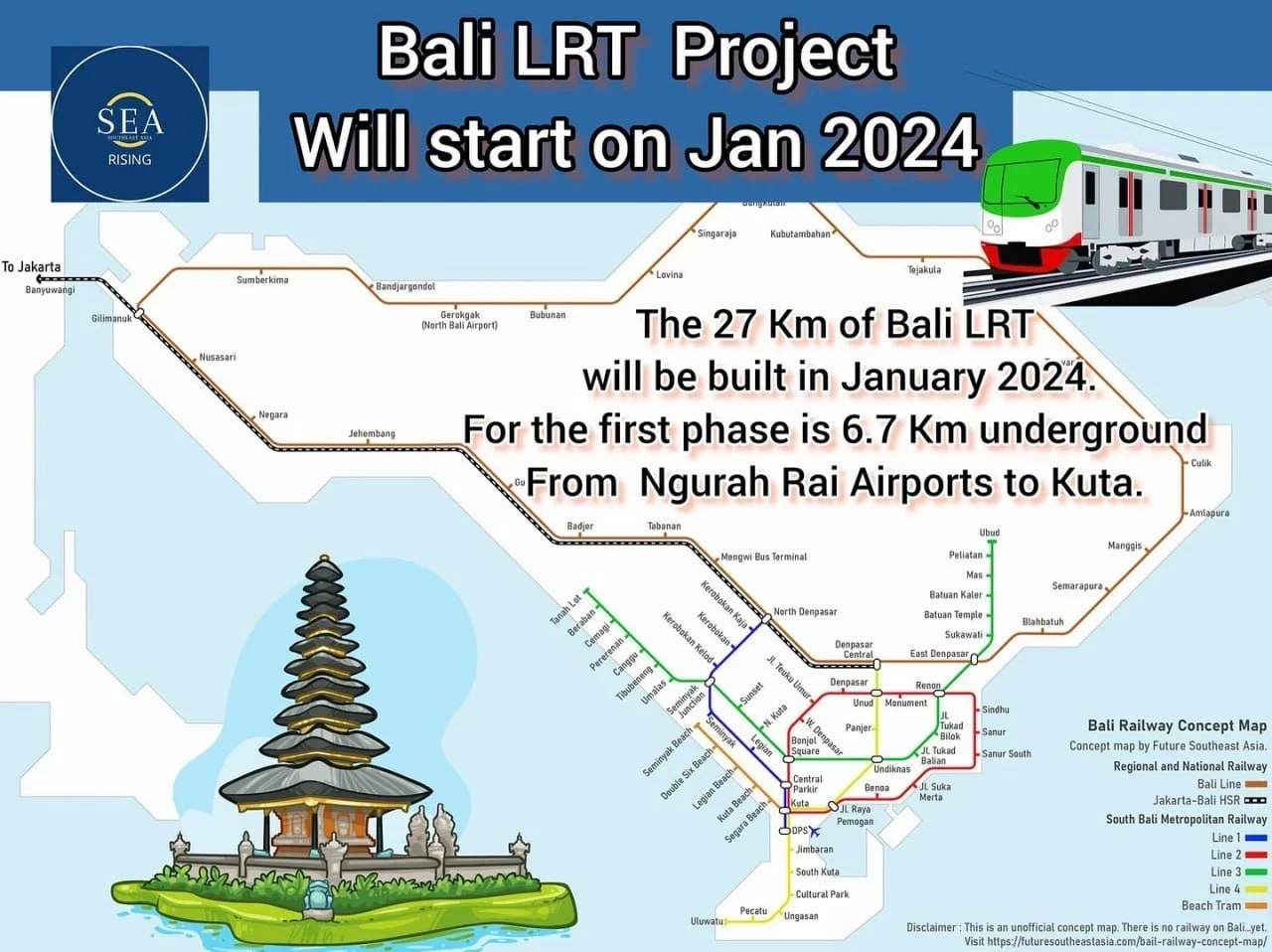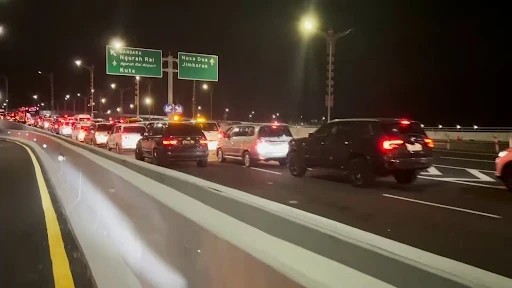
Several men in traditional Balinese attire are performing what seems like an ordinary religious ceremony: offerings, incense—everything appears usual. It's hard to tell that this marks the beginning of a historic construction project for the Island of the Gods.
The "Ngeruwak" ceremony in Kuta was held before laying the foundation stone for the city's metro. Bali's acting governor, Sang Made Mahendra Jaya, attended alongside the regent of Badung.

As expected from the leader of the Island of the Gods, Jaya explained that the Ngeruwak ceremony symbolizes the opening of the earth for human use. Only after this ritual can construction take place on a site, except for temples. It’s performed as a sign of respect for the universe, aiming to achieve harmony between nature and humanity.
From the time the Bali metro project was announced in February 2024 until the start of construction, very little time passed by Bali's standards. It seemed like the beautiful plans and promises would take years to materialize.
The acting governor himself wasn't entirely convinced of the project's success. "Honestly, at first, I was worried and anxious," Mahendra Jaya admitted during the stone-laying ceremony, "It was hard to predict whether we would find investors and serious partners for such a large-scale project."
However, after the plans were publicized in the media, it became clear that the enthusiasm from global investors was overwhelming. Everyone wanted to get involved and invest in the Bali MRT.
Right after the stone was laid, the builders got to work on the site. By April 2025, Bali is expected to receive 10 giant tunnel boring machines, far more than the two used for Jakarta's metro construction. In addition, the diameter of the shield being used is larger, at 7.2 meters, compared to 6.4 meters for Jakarta’s metro.
Starting in September 2024, along with the tunnel excavation, construction of the underground portions of the stations will begin.
"The city subway is the perfect choice for developing public transportation in Bali, especially considering that multi-level infrastructure development and land-based construction in the island’s popular areas is not feasible," said Ari Askhara, head of PT SBDJ, the main contractor.
Ari mentioned that the Bali Urban Subway LRT project would be carried out with the involvement of China Railway Construction Corporation (CRCC), which is also working on the WHOOSH Fast Train project that will develop a public transportation system using trains on the island of Bali.

The construction will take place in four stages. The first phase includes the Gusti Ngurah Rai Airport – Kuta – Seminyak – Berawa – Cemagi line, with a total length of 16 km.
The second phase, stretching 13.5 km, will connect Gusti Ngurah Rai Airport – Jimbaran – Nusa Dua.
The third phase will link Kuta with Sanur. Finally, the fourth line will start in Renon and reach Ubud through Sukawati. However, the third and fourth phases are still in the feasibility study stage.
In total, the investment for the first two phases amounts to $10.8 billion, with all four phases totaling $20 billion.
Sources: NusaBali.com, Antaranews



You can add one right now!